-
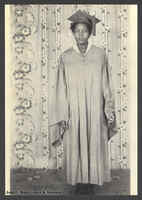
Graduation portrait of Grace Willis taken at the Avery Studio. Operated by Joseph H. Avery Jr. in Frenchtown, Tallahassee, the studio captured the African-American community during the Jim Crow era when rarely other studios provided this service. Avery moved to Jacksonville in 1950, and later on to Washington, D.C. in the early 1960s, where he became the first Black photographer for the U.S. House of Representatives.
-
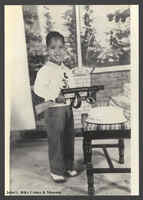
Portrait of George Calvin Bess Jr. from when he was a child taken at the Avery Studio. Operated by Joseph H. Avery Jr. in Frenchtown, Tallahassee, the studio captured the African-American community during the Jim Crow era when rarely other studios provided this service. Avery moved to Jacksonville in 1950, and later on to Washington, D.C. in the early 1960s, where he became the first Black photographer for the U.S. House of Representatives.
-

Graduation portrait of Frank Golden taken at the Avery Studio in the 1940s. Operated by Joseph H. Avery Jr. in Frenchtown, Tallahassee, the studio captured the African-American community during the Jim Crow era when rarely other studios provided this service. Avery moved to Jacksonville in 1950, and later on to Washington, D.C. in the early 1960s, where he became the first Black photographer for the U.S. House of Representatives.
-
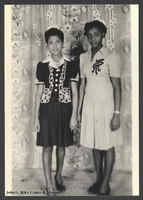
Portrait of Eddie Mae David (on the left) and a friend taken at the Avery Studio. Operated by Joseph H. Avery Jr. in Frenchtown, Tallahassee, the studio captured the African-American community during the Jim Crow era when rarely other studios provided this service. Avery moved to Jacksonville in 1950, and later on to Washington, D.C. in the early 1960s, where he became the first Black photographer for the U.S. House of Representatives.
-
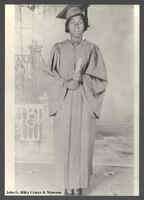
Graduation portrait of Daisy Golden taken at the Avery Studio. Operated by Joseph H. Avery Jr. in Frenchtown, Tallahassee, the studio captured the African-American community during the Jim Crow era when rarely other studios provided this service. Avery moved to Jacksonville in 1950, and later on to Washington, D.C. in the early 1960s, where he became the first Black photographer for the U.S. House of Representatives.
-
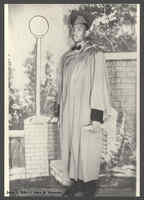
Graduation portrait of Bennie Muse taken at the Avery Studio. Operated by Joseph H. Avery Jr. in Frenchtown, Tallahassee, the studio captured the African-American community during the Jim Crow era when rarely other studios provided this service. Avery moved to Jacksonville in 1950, and later on to Washington, D.C. in the early 1960s, where he became the first Black photographer for the U.S. House of Representatives.
-
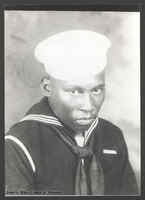
A military portrait of Erris "Strawberry" Brown's brother taken at the Avery Studio. Operated by Joseph H. Avery Jr. in Frenchtown, Tallahassee, Avery captured the African-American community during the Jim Crow era when rarely other studios provided this service. He moved to Jacksonville in 1950, and later on to Washington, D.C. in the early 1960s, where he became the first Black photographer for the U.S. House of Representatives.
-
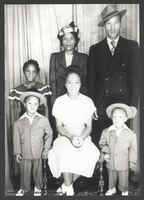
A family portrait of the Killings Family taken at the Avery Studio. Operated by Joseph H. Avery Jr. in Frenchtown, Tallahassee, the studio captured the African-American community during the Jim Crow era when rarely other studios provided this service. Avery moved to Jacksonville in 1950, and later on to Washington, D.C. in the early 1960s, where he became the first Black photographer for the U.S. House of Representatives.
-
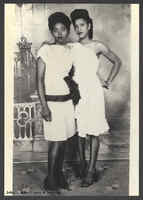
A picture of a woman named Charlie Mae and her friend taken at the Avery Studio. Operated by Joseph H. Avery Jr. in Frenchtown, Tallahassee, the studio captured the African-American community during the Jim Crow era when rarely other studios provided this service. Avery moved to Jacksonville in 1950, and later on to Washington, D.C. in the early 1960s, where he became the first Black photographer for the U.S. House of Representatives.
-
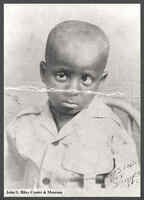
An image of Sam Sampson Jr. when he was a child taken at the Avery Studio. Operated by Joseph H. Avery Jr. in Frenchtown, Tallahassee, the studio captured the African-American community during the Jim Crow era when rarely other studios provided this service. Avery moved to Jacksonville in 1950, and later on to Washington, D.C. in the early 1960s, where he became the first Black photographer for the U.S. House of Representatives.










